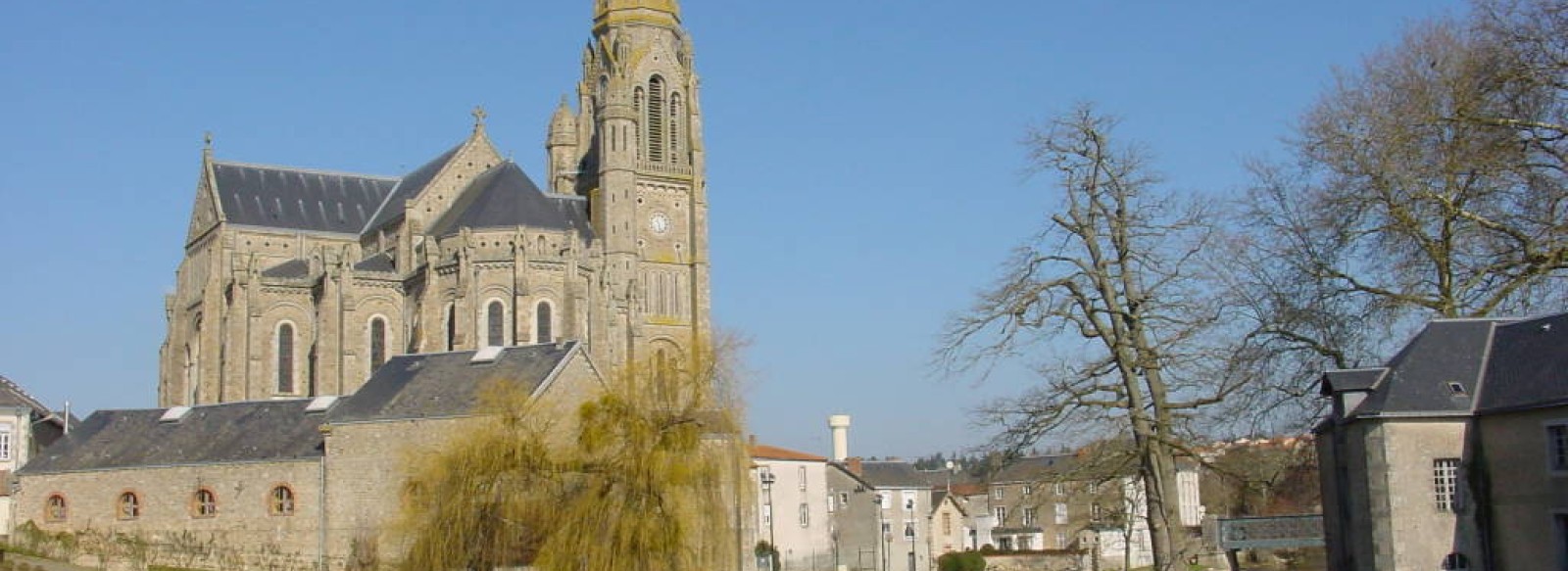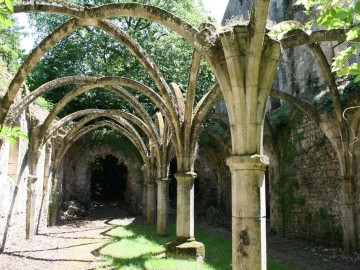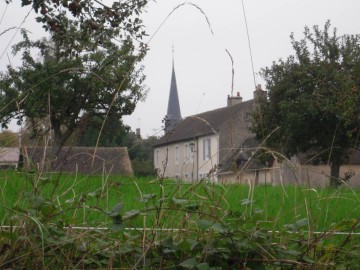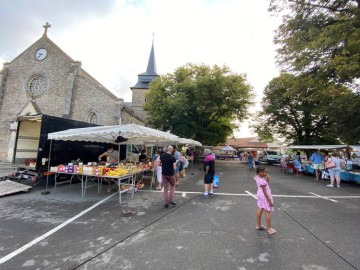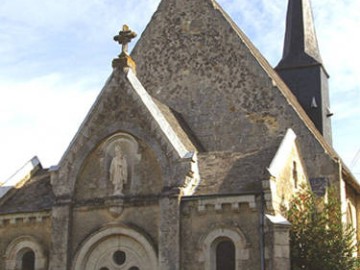Return to the list
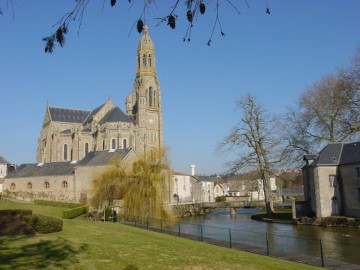
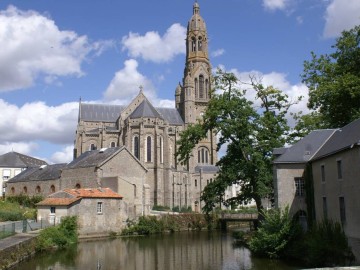
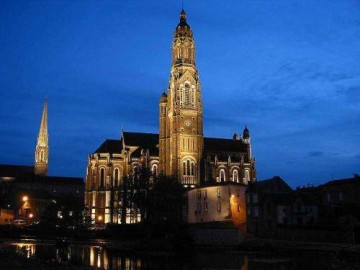
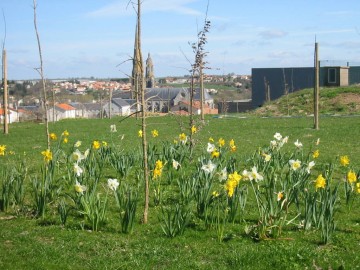
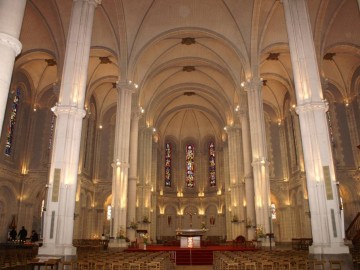
SAINT LAURENT SUR SEVRE
A 15 stage discovery trail called “In the footsteps of Montfort” takes you on a journey through all of the town’s treasures.
Address :
PLACE DE LA MAIRIE
85290 SAINT-LAURENT-SUR-SEVRE
FRANCE
85290 SAINT-LAURENT-SUR-SEVRE
FRANCE
Contact: SAINT LAURENT SUR SEVRE
For further information, please contact the service provider directly by completing the form below
Presentation of: SAINT LAURENT SUR SEVRE
Home to three different religious congregations, a stunning basilica and a beautiful chapel, Saint Laurent sur Sèvre is bursting with history.
These three religious orders are the heritage of Saint Louis Marie Grignon de Montfort who died here in 1716 and whose tomb is in the majestic basilica.
Saint Laurent sur Sèvre is a renown spiritual retreat, visited by over 25,000 people every year. Pope Jean-Paul II made a rare visit to this town in 1996.
There are numerous hiking trails available as this peaceful town is on the banks of the river Sèvre.
In July and August there are Organs Recitals every Sundays at the basilica at 5.45pm and guided tours of Saint Laurent sur Sèvre every Thursday at 5pm.
These three religious orders are the heritage of Saint Louis Marie Grignon de Montfort who died here in 1716 and whose tomb is in the majestic basilica.
Saint Laurent sur Sèvre is a renown spiritual retreat, visited by over 25,000 people every year. Pope Jean-Paul II made a rare visit to this town in 1996.
There are numerous hiking trails available as this peaceful town is on the banks of the river Sèvre.
In July and August there are Organs Recitals every Sundays at the basilica at 5.45pm and guided tours of Saint Laurent sur Sèvre every Thursday at 5pm.
Opening times
Open all year round
Site theme
Basilica
Monastery
Minor heritage
Architectural style of the site
Gothic
Free
yes
Visits
Free tours (individuelles): Yes
Free tours (groupes): Yes
Guided tours on request (groupes): Yes
Visit languages
Billboards: French
Access map, location
Puy du Fou: 10 Km
Facilities
Picnic area
Restaurant
Projection room
Services
Interactive terminal
Media library








